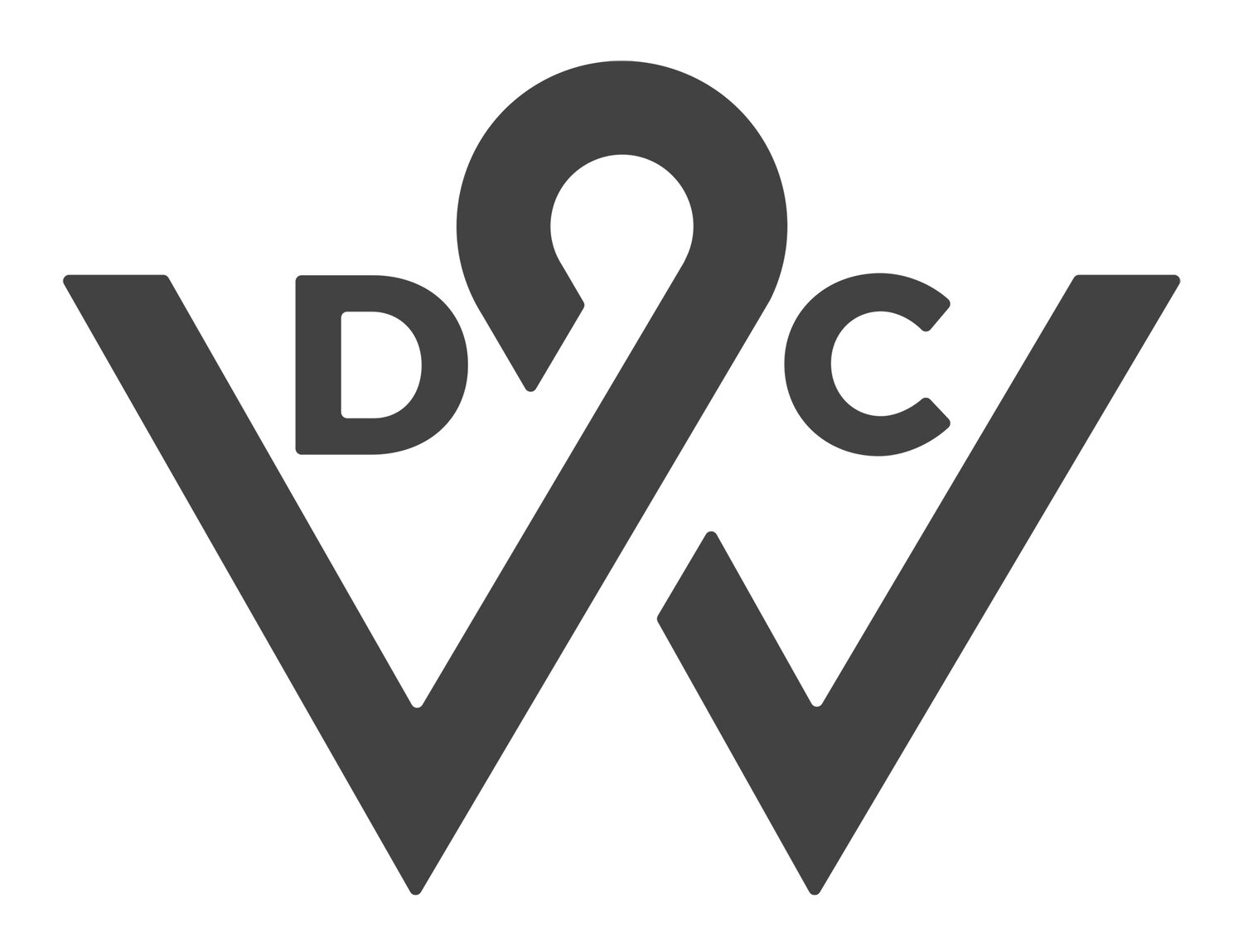If you want to change it, measure it
In this article, originally published by Creative Review, WDC partner John Owen explores how ineffective work often stems from bad behaviours. To change things, he argues, you need to measure where it’s all going wrong.
“You get what you measure” as the old adage goes.
If you want to drive sales leads, for example, you have to measure sales leads – and this will incentivise the sort of creative messaging and media placements that does precisely that.
Of course, measurement of effectiveness is accepted best practice in the world of marketing. But what’s less widespread is the measurement of efficiency within the strategic and creative process.
All agencies are under increasing pressure to be efficient. It’s often one of the reasons for setting up or expanding in-house teams – with the expectation that their proximity to the marketing department will enable quicker turnaround, while their understanding of the brand should mean the work is right first time.
But it doesn’t always work out that way. WDC does a lot of work in the in-house space, and we’re also partners in the In-House Agency Leaders Club. This sector is full of smart people who’ve been trying to iron out inefficiencies. They’ve often come up with lots of good ideas for how to do so, but they don’t seem to be working.
How do they know this? Well, their evidence tends to be anecdotal – project X is 3 weeks late going into production, or the team had to work the weekend on project Y after a crazy amount of late feedback. Rarely is the response quantitative – citing how the number of rebriefs, reworks or reshoots has increased over time, for example.
So they know what they want to change, but they're not measuring it – and not much is changing.
However, it’s a strikingly different story when you come across those who have put internal efficiency KPIs in place.
One client of WDC’s provides a case in point. Not so long ago, they put in place 4 headline efficiency KPIs with the overall aim of reducing wastage. These related to the punctual delivery of briefs, creative concept sign-off, production green light and final assets.
They also tracked a fifth KPI – the number of rounds of amends required at each stage.
Critically, they agreed all of this with their marketing colleagues and agreed to use the data to improve ways of working, rather than allocate blame.
It quickly became apparent that lateness was a function of too many rounds of amends. So they put in place a Kick Off meeting to crystallise the expectations upfront of who was giving feedback and tried to limit the number of ‘approvers’ to a minimum, identifying a single, final approver for each project. They also made a rule that this person should be involved at every stage.
The smartest thing they did, though, was to add a couple more KPIs to keep track of whether these changes were having an effect. For each project, they registered answers to the following questions:
1) Was the brief successfully assigned to a single approver (yes/no)?
2) Was that person able to exercise final approval (yes/no)?
By correlating the data over a relatively short period of time, the team was able to make the case for respecting the rules.
They showed how briefs where approvals worked as planned were delivered on time and on budget; and how those where this did not happen generated considerable wastage.
They were even able to quantify the wastage in monetary terms – based on hours worked as well as freelance and 3rd party costs.
Just as importantly, when they lined up the creative outputs across all recent briefs, it was clear that those projects which followed the rules produced the best work. And those which didn’t produced muddled, unsatisfactory campaigns.
Work is ongoing to improve things, but this data is a game changer within their organisation. It’s hard evidence that appraises senior executives of the knock-on effects of their interventions. Where previously, they may have thought they were doing the right thing, they are now fully aware of the need to rein themselves in. And if they don’t, it’s clear where the accountability lies.
So, yes, you get what you measure. And there’s a flip side to this too: you don’t get what you don’t measure. Which means that, for anyone trying to drive operational change, there’s a fresh spin on the old adage that you could do with printing out and sticking on the wall above your desk.
Namely: if you want to change it, you need to measure it.

